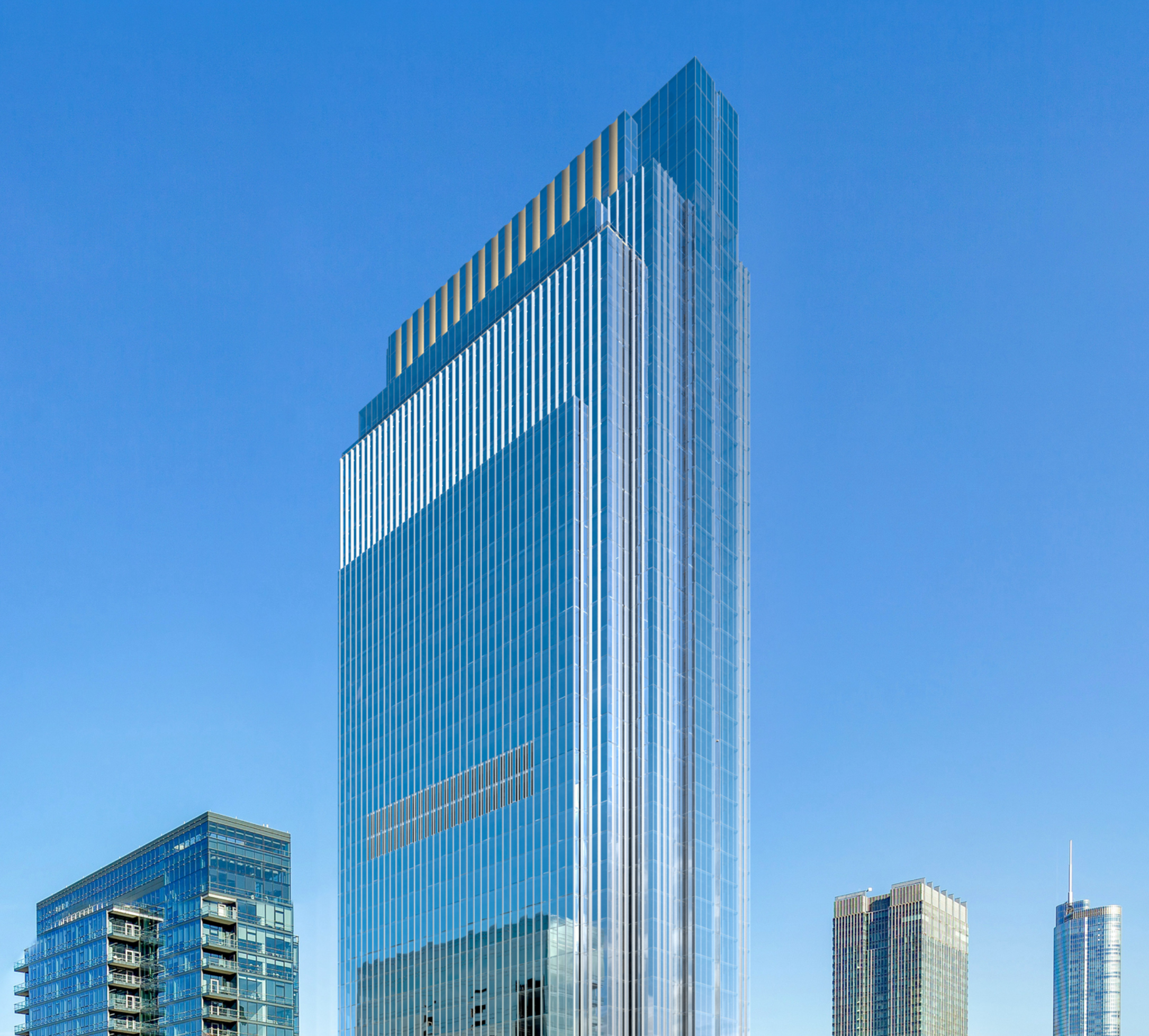
defining
Chicago
Wolf Point tells the story of Chicago.
WOLF POINT,
CHICAGO RIVER,
AND RIVERWALK
Historically important in the development of early Chicago, Wolf Point — located at the confluence of the North, South, and Main Branches of the Chicago River — exemplifies the city’s determined and resourceful spirit.
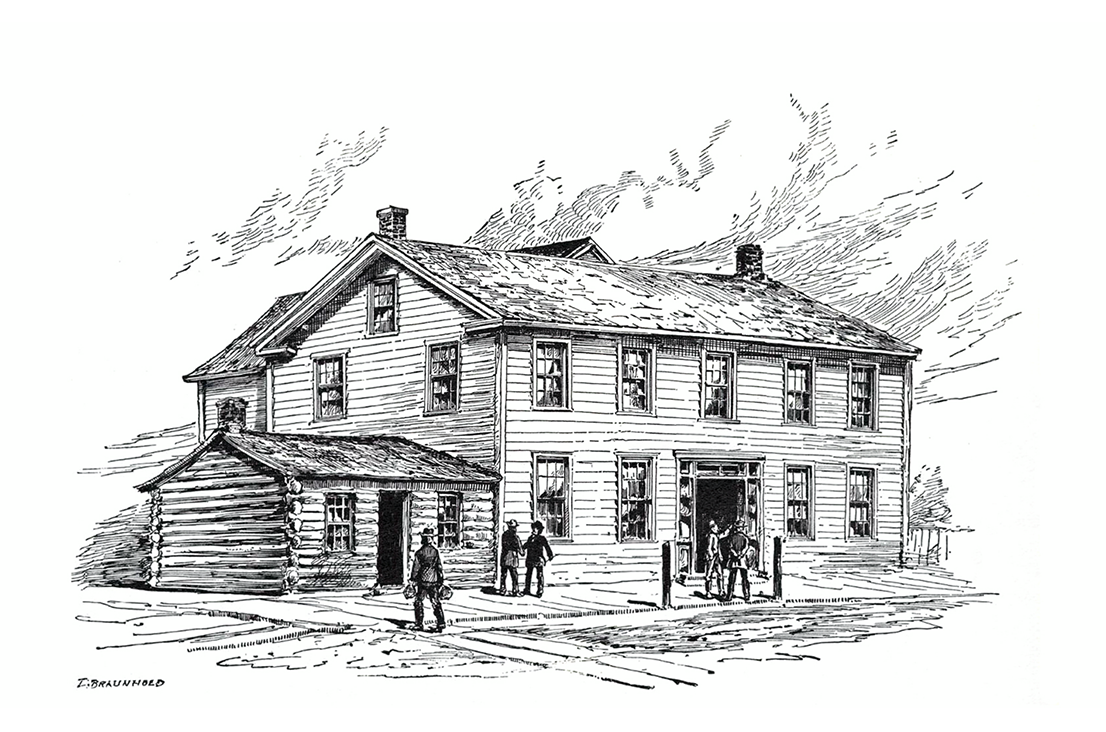
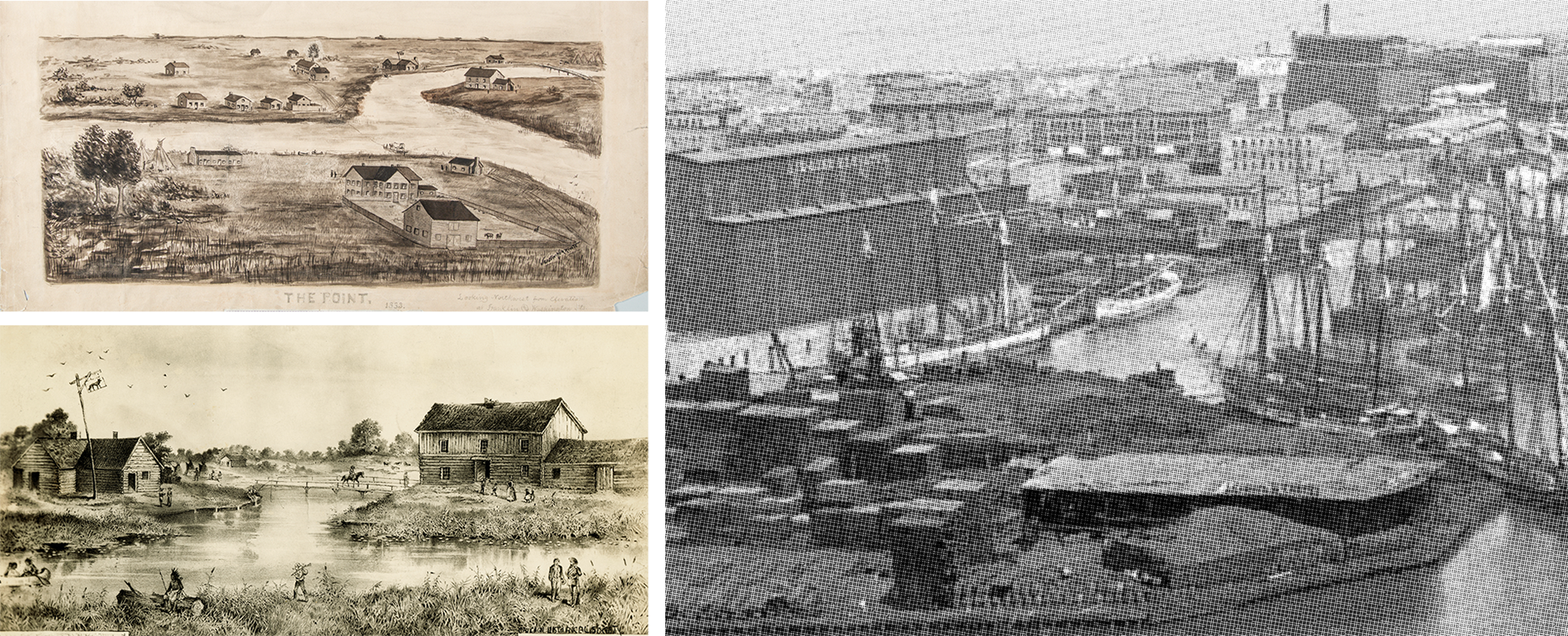
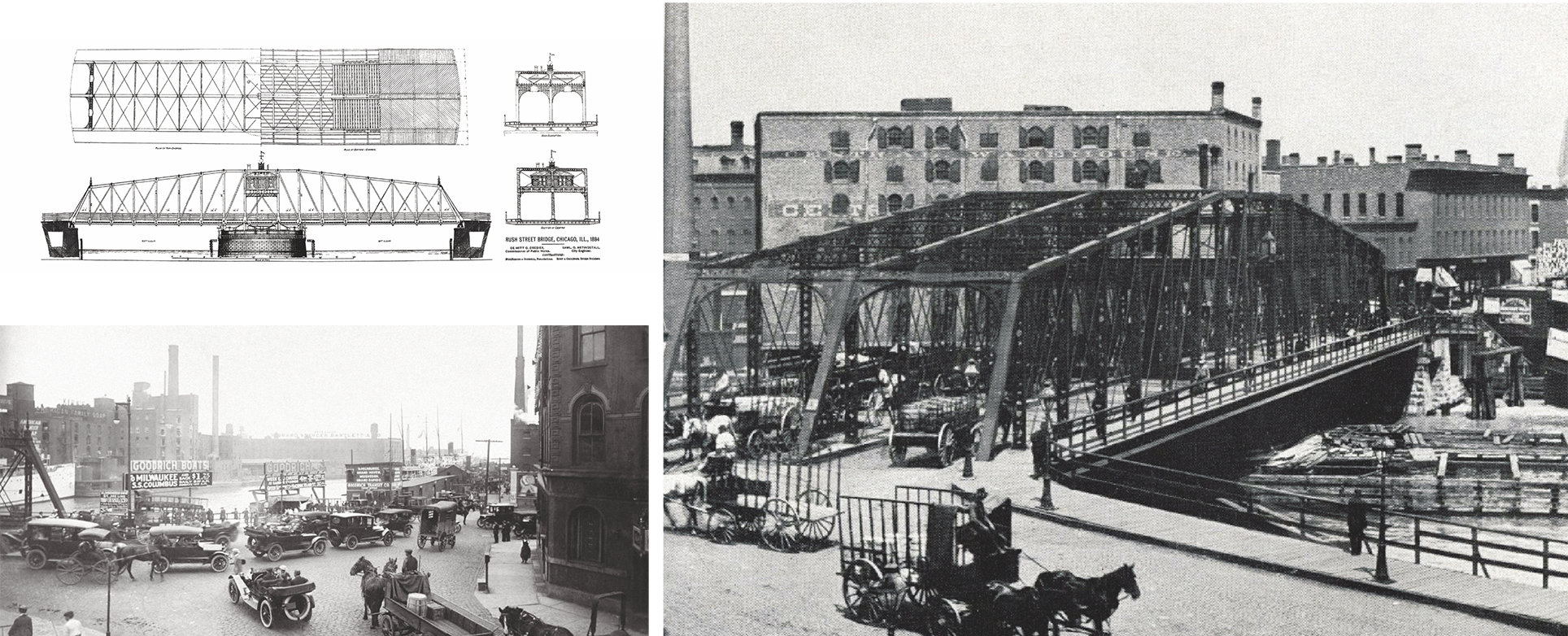
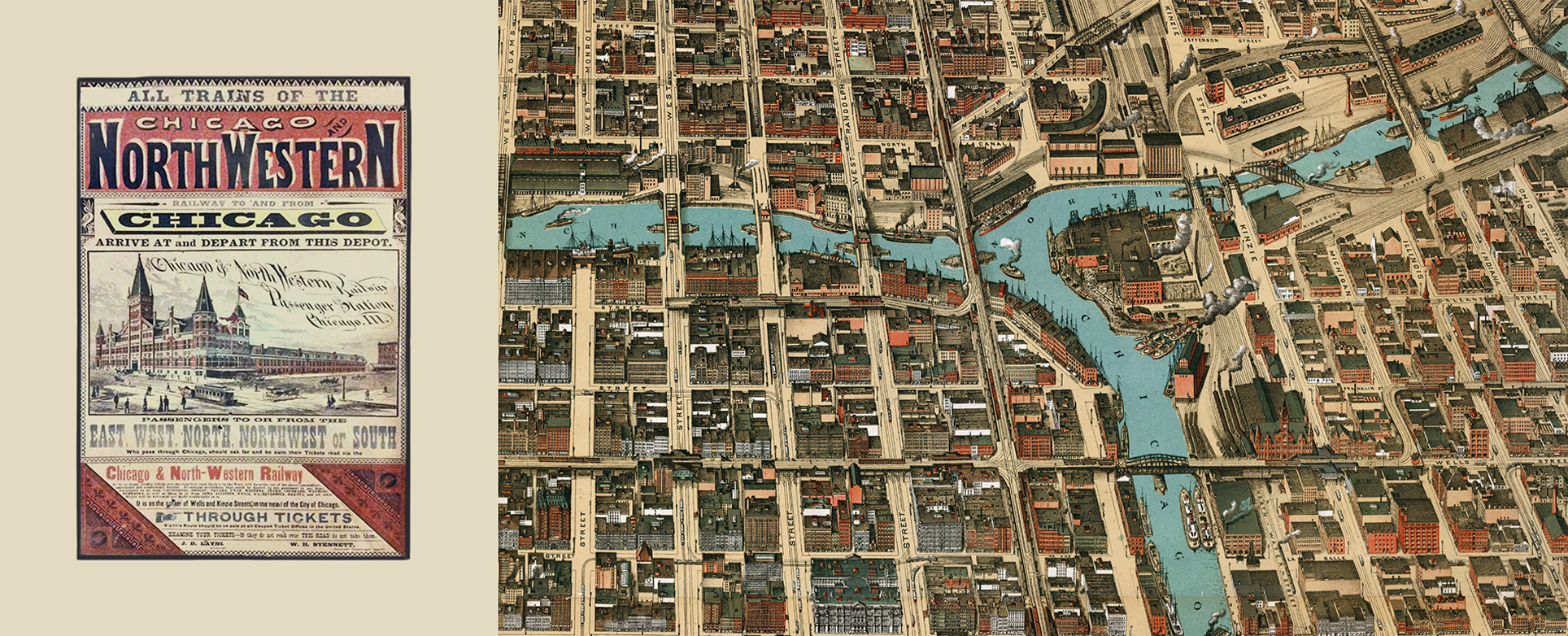
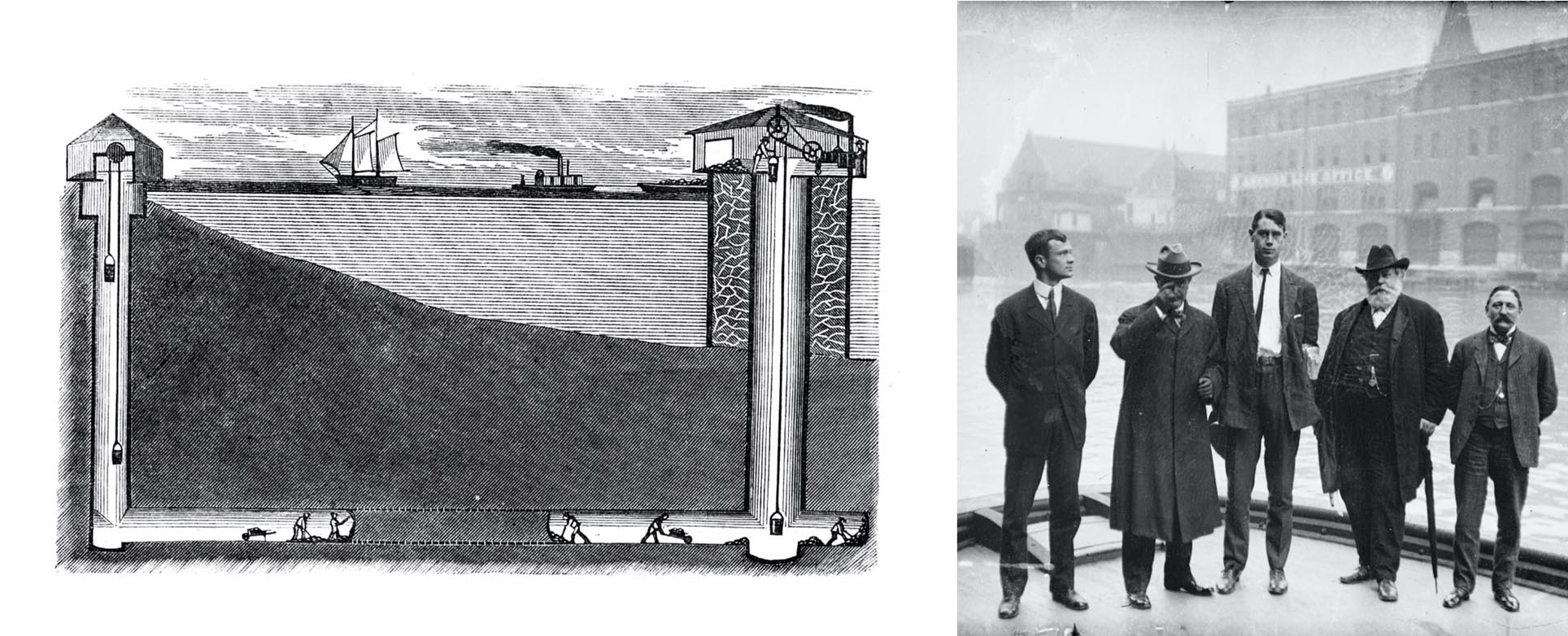
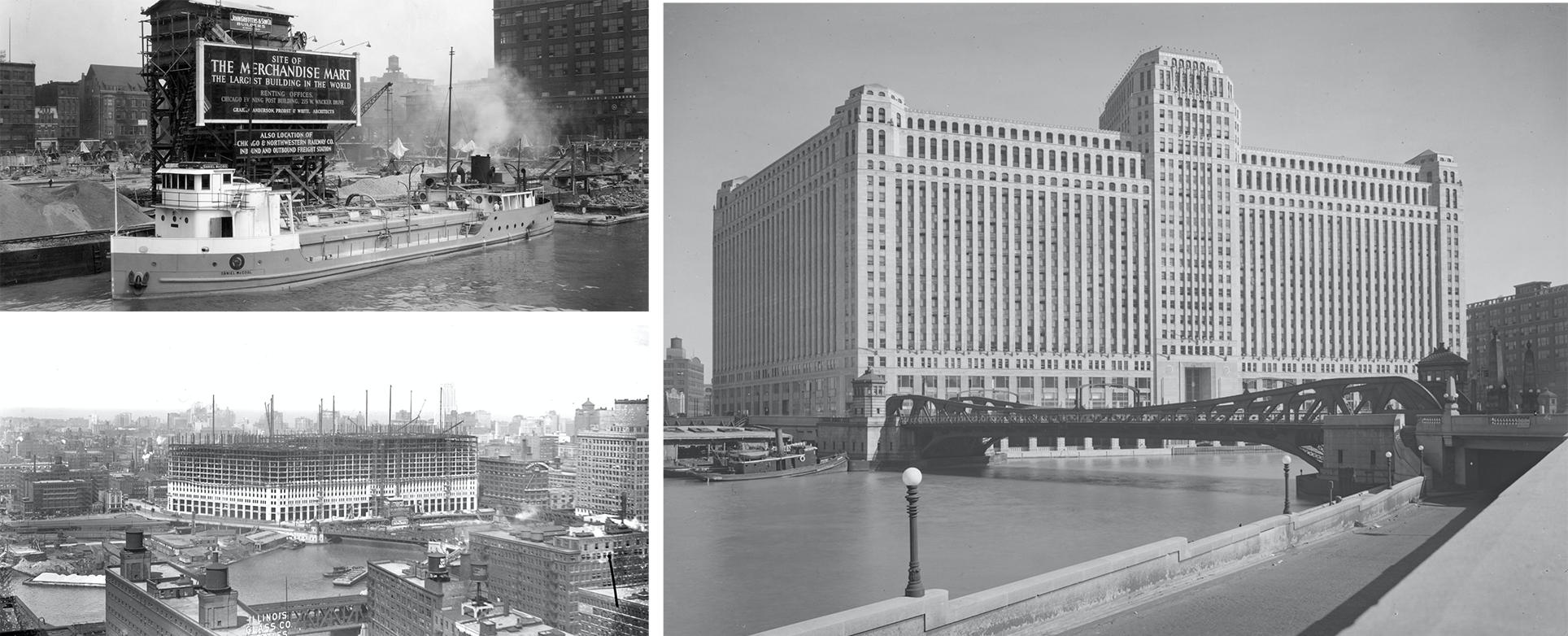
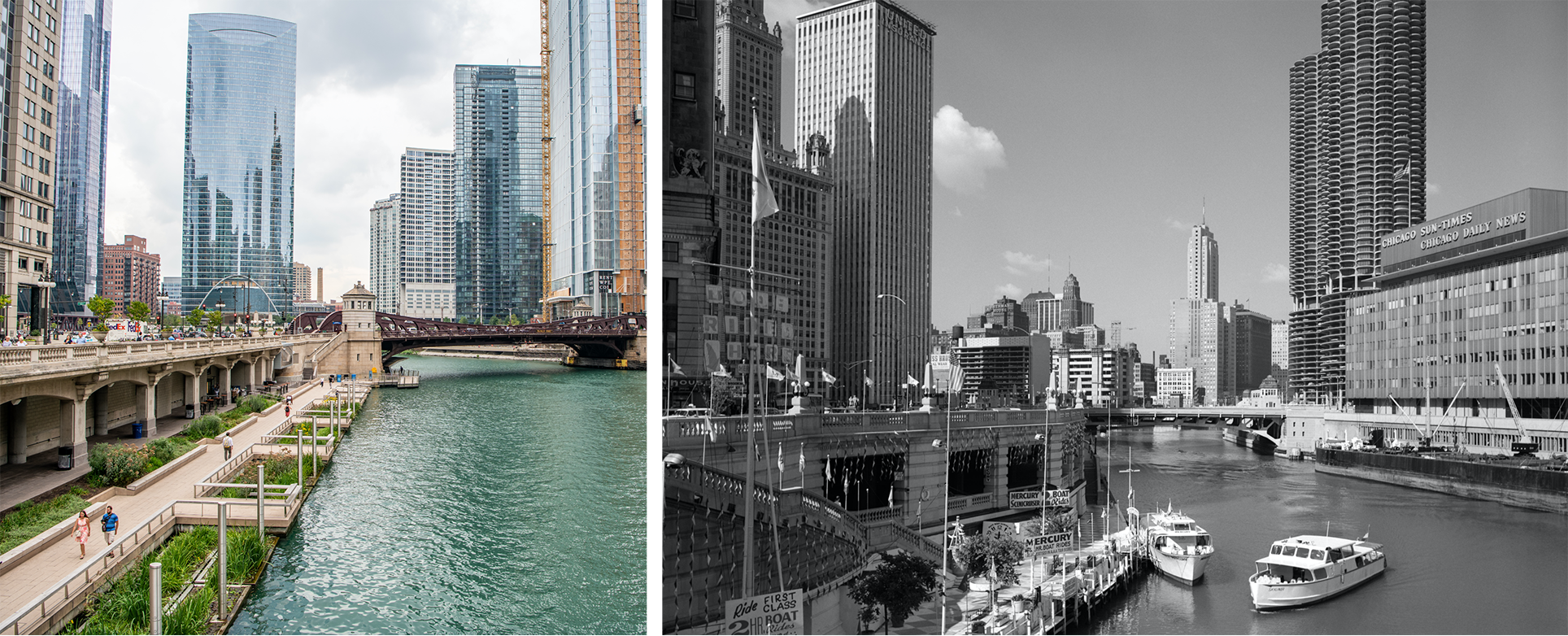
WOLF POINT,
CHICAGO RIVER,
AND RIVERWALK
Historically important in the development of early Chicago, Wolf Point — located at the confluence of the North, South, and Main Branches of the Chicago River — exemplifies the city’s determined and resourceful spirit.
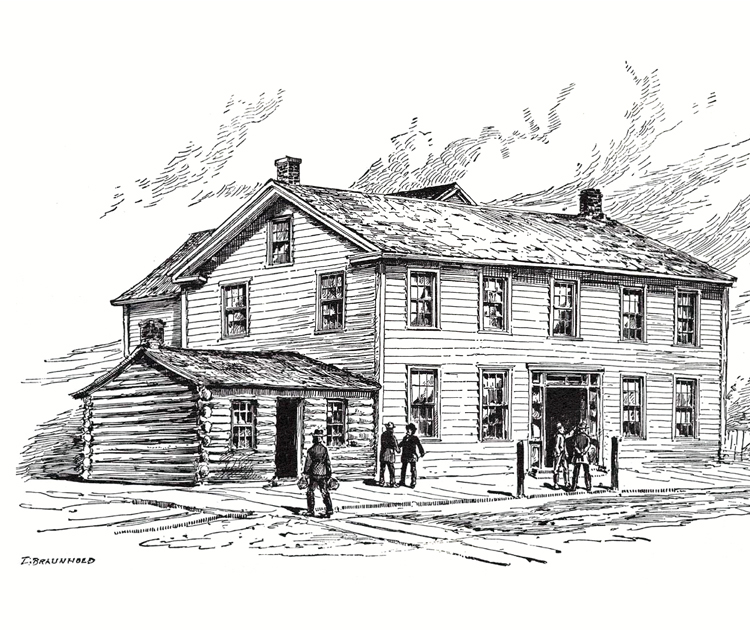
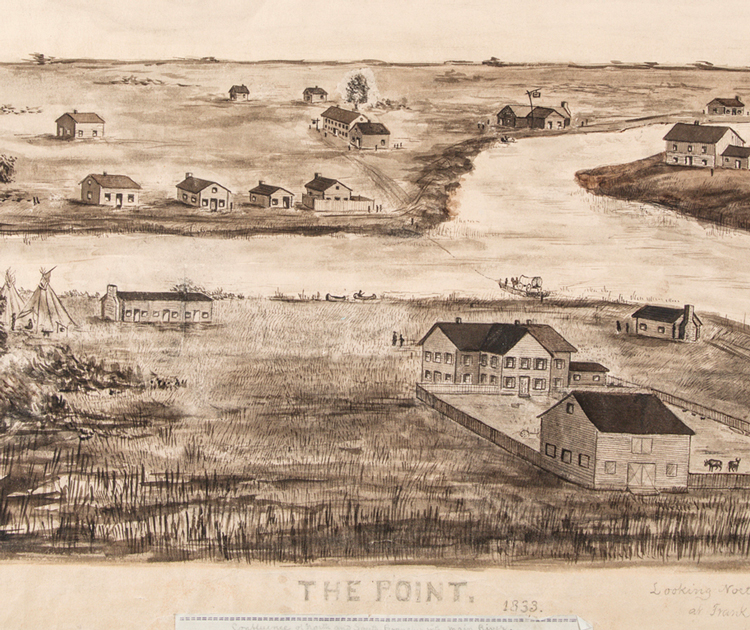
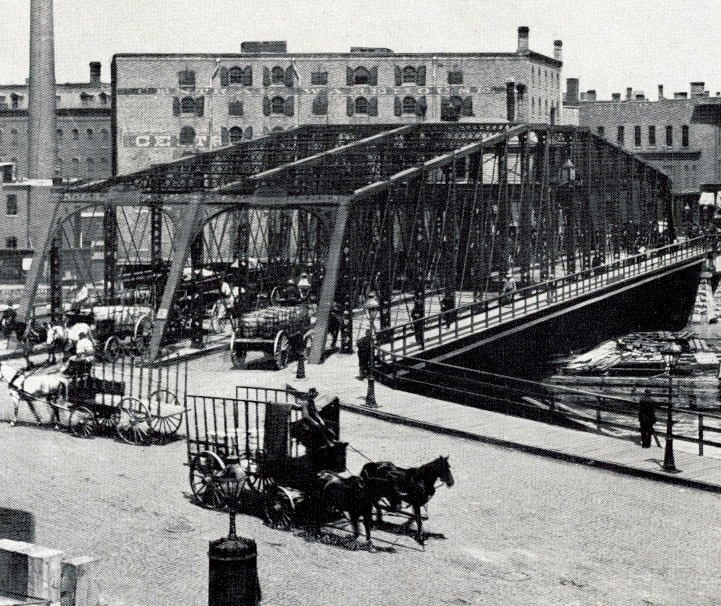
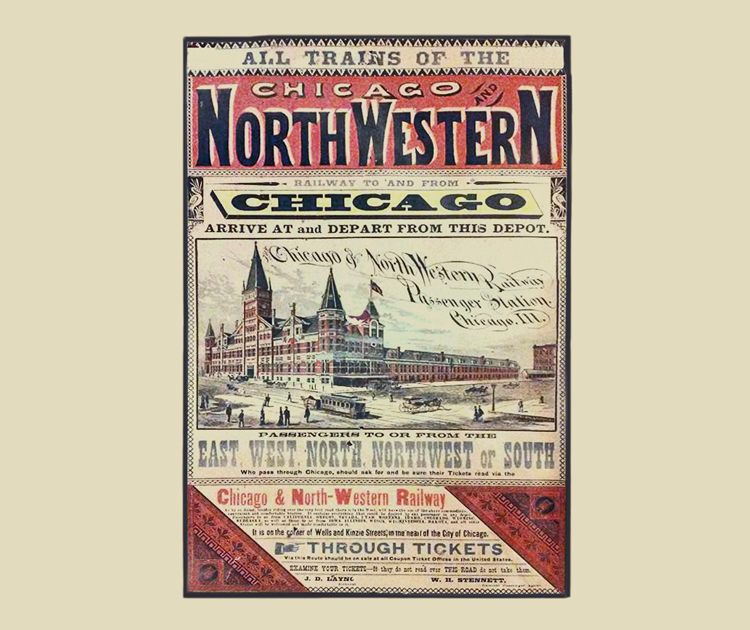
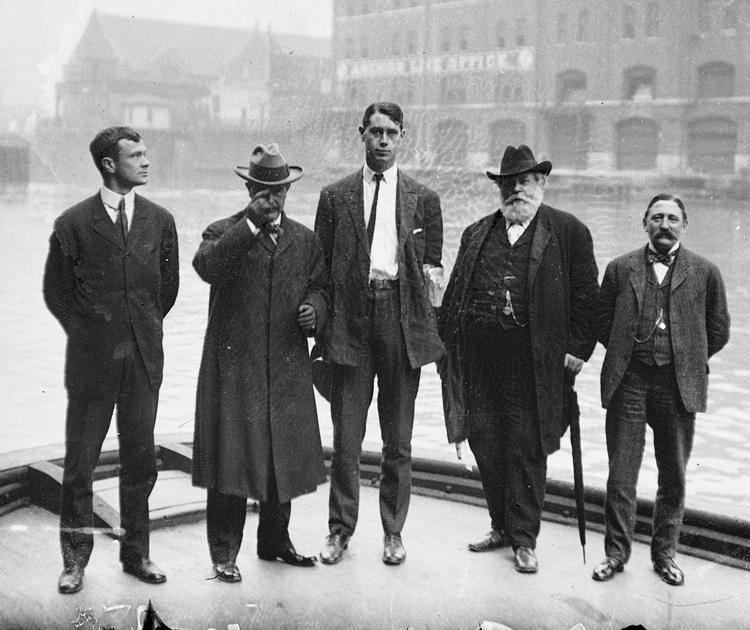
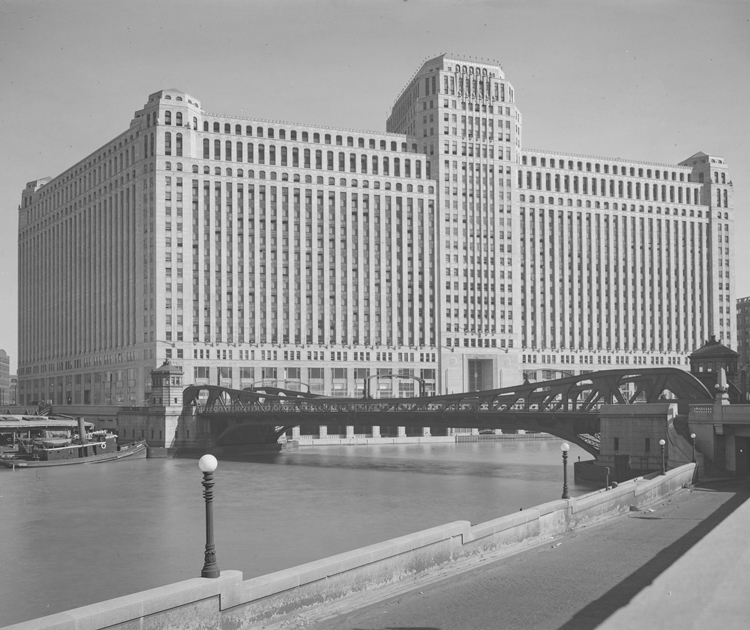
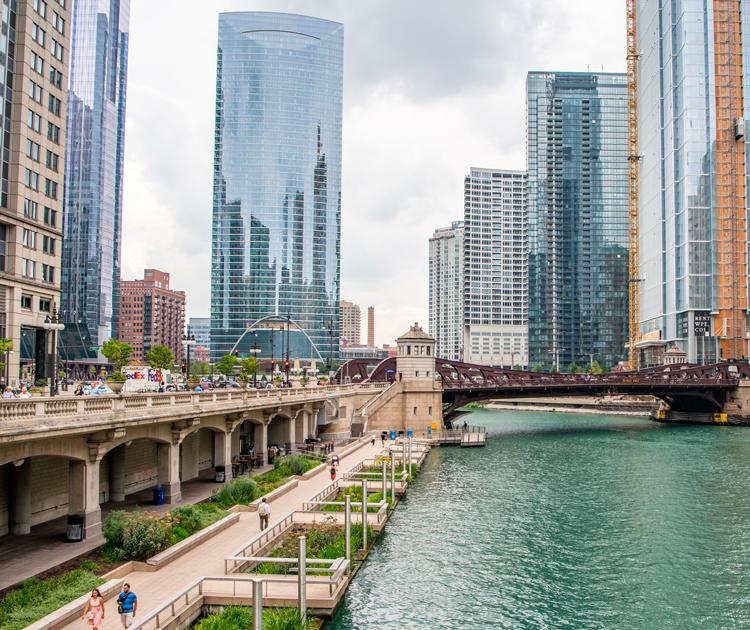
1820 | 1830s
James Kinzie erects the Wolf Point Tavern, which is soon followed by Mark Beaubien’s opening of the Sauganash Hotel. Both establishments are the first of their kind in Chicago and define Wolf Point as a social destination for explorers. Brothers John and Samuel Miller, along with Archibald Clybourn, successfully operated the first ferry across the North Branch of the Chicago River.
1820 | 1830s
James Kinzie erects the Wolf Point Tavern, which is soon followed by Mark Beaubien’s opening of the Sauganash Hotel. Both establishments are the first of their kind in Chicago and define Wolf Point as a social destination for explorers. Brothers John and Samuel Miller, along with Archibald Clybourn, successfully operated the first ferry across the North Branch of the Chicago River.
1830s
The need for a ferry is eliminated by construction of a ten-foot wide pedestrian bridge between Lake and Randolph Streets. Built of logs, it joins the north and south branches of the Chicago River.
1840s
The Galena and Chicago Union Railroad opens Chicago’s first railroad depot at Wolf Point, on the southwestern corner of Kenzie and Canal Streets. This marks the beginning of Chicago’s future designation as the railway center of North America.
1840 | 1900s
The Illinois and Michigan Canal opens. It runs 96 miles from the Chicago River, eventually connecting the Great Lakes to the Mississippi River. The canal helps establish Chicago as the transportation hub of the United States. In an astonishing feat of engineering, pioneering Chicagoans reverse the flow of the Chicago River, sending pollution away from, rather than toward, Lake Michigan — the city’s source of drinking water.
1920 | 1990
Chicago businessman and department store-owner Marshall Field builds the Art Deco-style Merchandise Mart on property he owns at Wolf Point. The world’s largest building at the time, it consolidates architectural and interior design vendors and trades under a single roof. In the mid 1940s Field sells his property and the Merchandise Mart to Democratic Party figure and Kennedy family patriarch Joseph P. Kennedy. The Kennedy family owns and operates the building for nearly half a century before selling it in 1998 to Vornado Realty Trust. The family retains its interest in four acres of Wolf Point land.
2000s
Mayor Richard M. Daley taps Chicago architect Carol Ross Barney to transform the narrow pedestrian walkways along the Chicago River into a dazzling waterfront promenade and gathering place. Today, the Chicago Riverwalk features lush green spaces, public art displays, and multiple establishments for drinking and dining while enjoying commanding views of the city’s renowned architecture.

A confluence of vision
This project has brought together a team of visionaries to create a lasting legacy for Chicago.
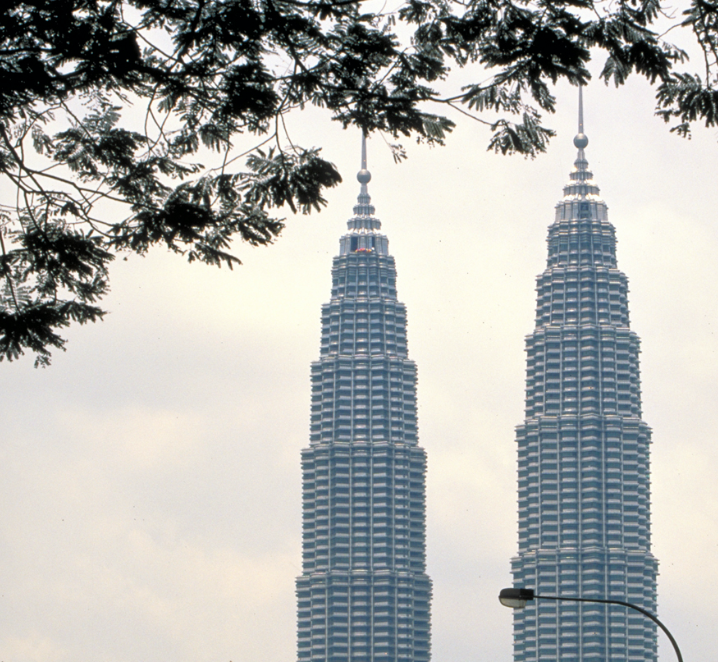
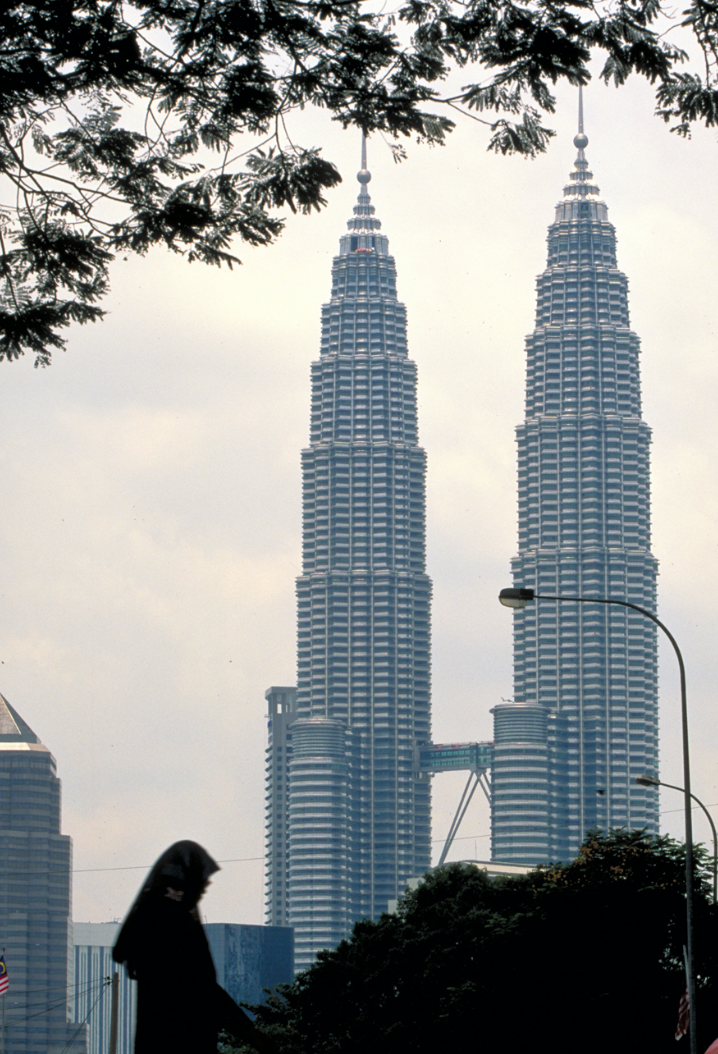
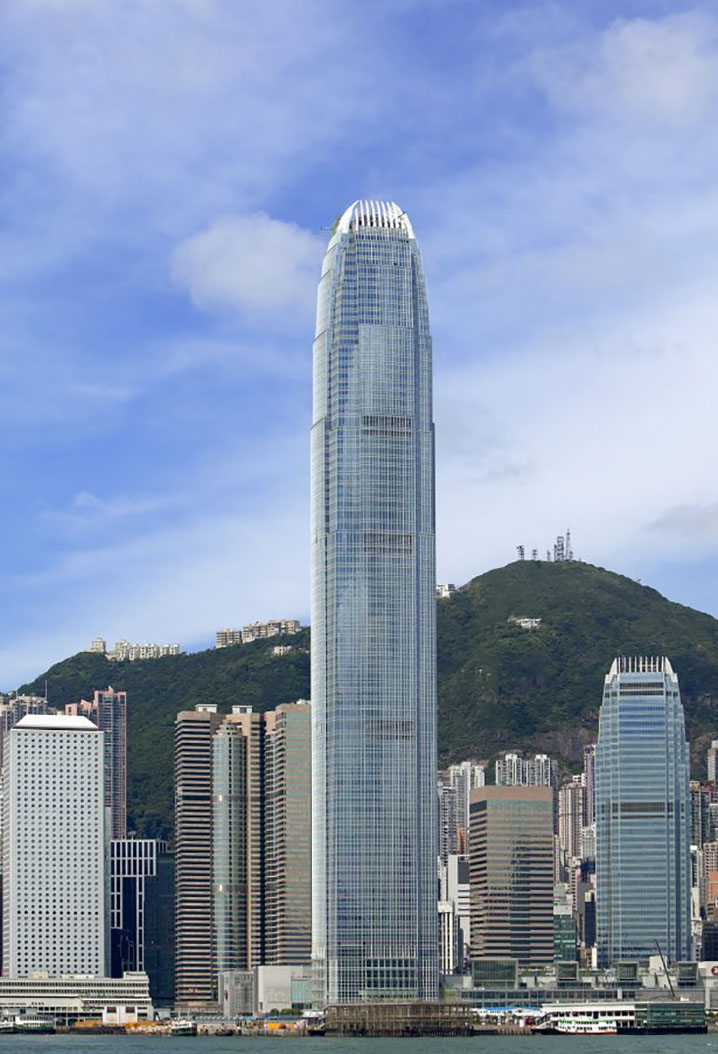
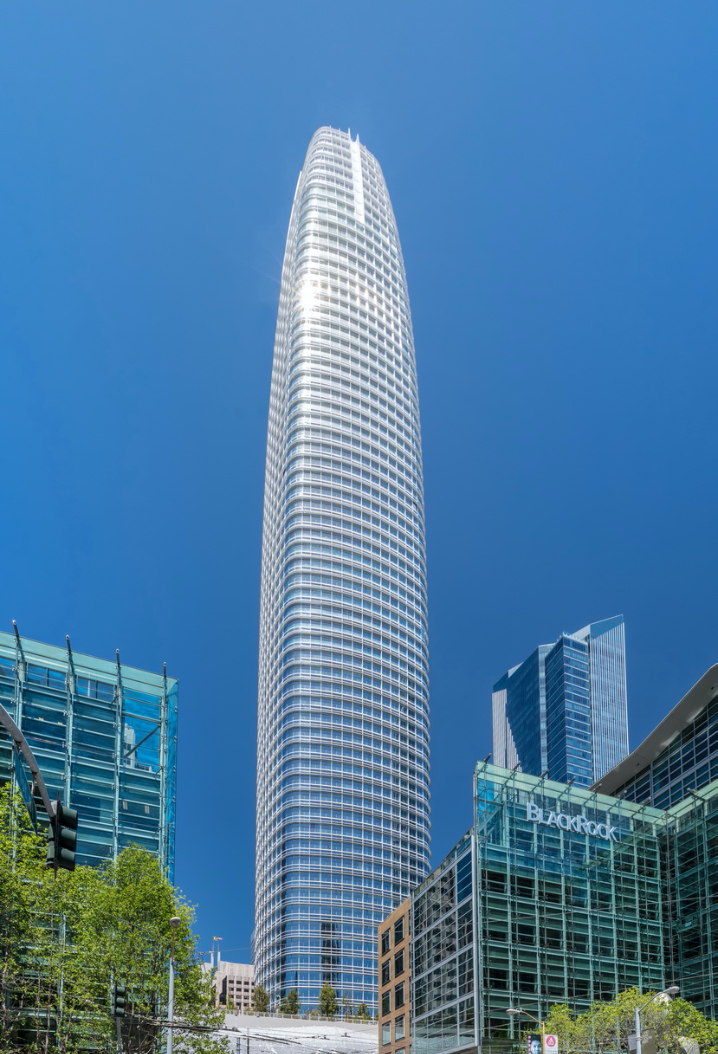
Pelli clarke pelli
Pelli clarke pelli
Founded in 1977, Pelli Clarke Pelli has designed many of the world’s most recognizable buildings, including the Petronas Towers in Malaysia, the International Finance Center in Hong Kong, and Salesforce Tower in San Francisco.
Kennedy
Kennedy
Wolf Point Owners LLC is a part of Park Holdings Group LLC which is the principal investment entity of the Kennedy Family. Wolf Point Owners has maintained an ownership stake in the four acre Wolf Point development site since 1949 when it made an initial land acquisition. Under the leadership of Chris Kennedy and Joseph Hakim, the Family engaged Pelli Clarke Pelli Architects to master plan the site and shortly thereafter entered into a joint venture agreement with Hines in 2008 to develop Wolf Point.
Hines
Hines
Hines is a privately owned global real estate investment firm founded in 1957 with a presence in 201 cities throughout 21 countries. Historically, Hines has developed, redeveloped, or acquired 1,262 properties, totaling over 414 million square feet. With extensive experience across all property types, and with a pioneering commitment to sustainability, Hines is one of the largest and most respected real estate organizations in the world.
Diversified Real Estate Capital LLC
Diversified Real
Estate Capital LLC
Diversified Real Estate Capital is a privately funded real estate investment firm focused on leveraging robust expertise and strong partnerships to maintain a competitive advantage in delivering outstanding risk-adjusted returns on invested capital. Since 2003, Diversified Real Estate Capital has transacted on over $4 Billion in commercial real estate acquisitions and developments targeted toward institutional quality assets ranging in multi-family, office, industrial, retail, and mixed-use property types in select urban markets.
AFL-CIO BUILDING INVESTMENT TRUST
AFL-CIO BUILDING
INVESTMENT TRUST
The AFL-CIO Building Investment Trust is a bank collective trust fund whose investors are comprised of qualified pension funds and retirement plans with union beneficiaries. Since 1988, the BIT has invested more than $7.3 billion for the development and acquisition of more than 200 office, retail, multifamily, hotel, warehouse, and mixed-use properties across the country.